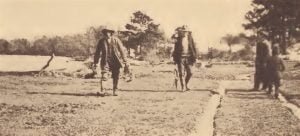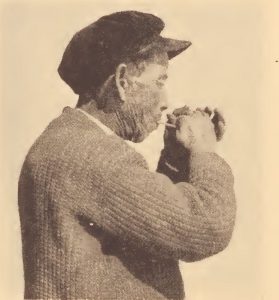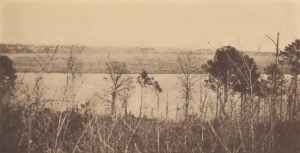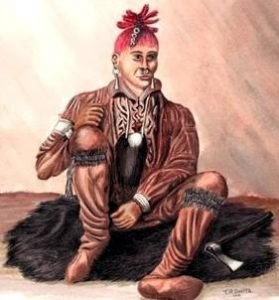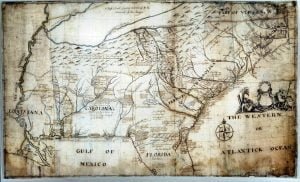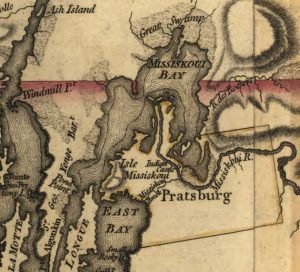Powhatan Fishing Customs
The Powhatan tribes still adhere to some fishing practices worth mentioning. Until not long ago fish fences were employed. These were chiefly for sturgeon, but now this splendid fish is so scarce that whereas thirty years ago from three to six a day during July and August would be taken, now the record is three a season by six boats fishing the same period. Captain John Smith mentions 52 and 68 being taken ”at a draught.” The Virginia explorers noted the great abundance of sturgeon, and we may imagine that the fish contributed largely to the abundance of food of … Read more

